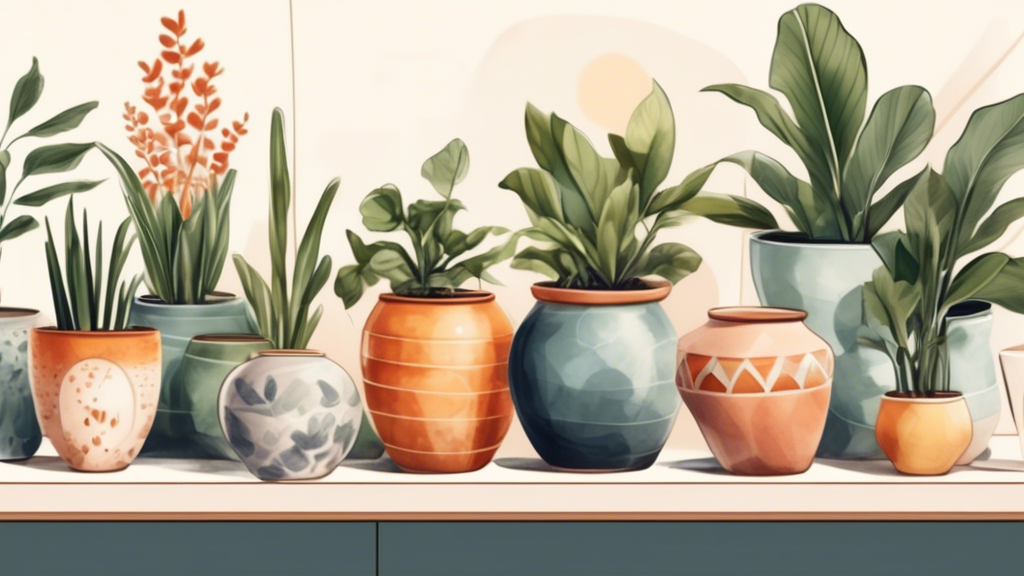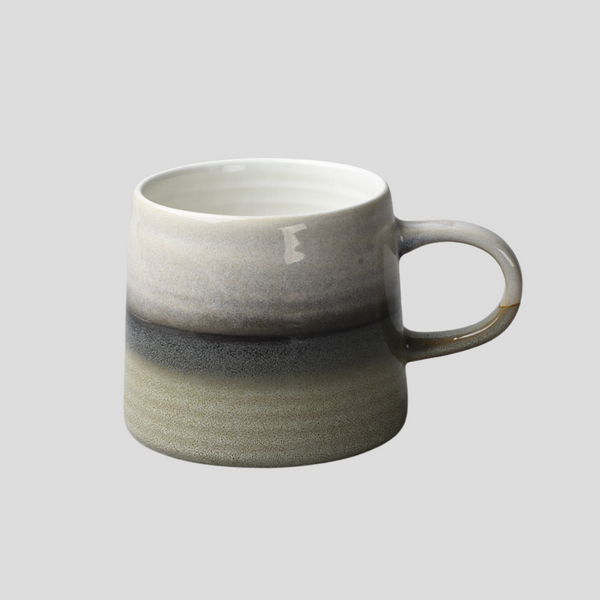
Guide to Buying Ceramic Pots for Your Plants
Guide to Buying Ceramic Pots for Your Plants
For plant enthusiasts, selecting the right home for your green companions is essential for their health and growth. Ceramic pots, with their diverse designs and breathable material, have become a popular choice for indoor and outdoor plants alike. This guide will help you navigate the world of ceramic pots, ensuring you make the perfect choice for your verdant friends.
Why Choose Ceramic Pots?
Ceramic pots are favored for their aesthetic appeal and functional benefits. They are made from clay that is fired at high temperatures, resulting in a durable and sturdy container. The porous nature of these pots allows air and water to pass through the sides, which can help prevent soil disease and root rot. Moreover, their weight provides stability for top-heavy plants, reducing the risk of tipping over. However, they can be more fragile and heavier than plastic pots, so consider your ability to move them as needed.
Considerations Before Buying Ceramic Pots
Size and Shape
The size and shape of the pot should be suited to the specific needs of your plant. Consider both the current size of your plant and its potential growth. A pot that’s too small can constrict root growth, while one that’s too large can lead to waterlogging. Additionally, some plants prefer deep pots, whereas others fare better in shallow ones.
Drainage
One of the most critical factors in choosing a pot is its drainage capabilities. Good drainage is essential for the health of most plants, as it prevents over-watering and root rot. Ensure your ceramic pot has one or more drainage holes at the bottom. If you fall in love with a pot without drainage, consider drilling holes yourself or using it as a decorative outer pot with a more functional inner pot.
Glazed vs. Unglazed
Ceramic pots come in glazed and unglazed varieties. Glazed ceramic has a glass-like coating that makes it non-porous, reducing the need for frequent watering and offering a variety of color and design options. Unglazed pots, on the other hand, offer better breathability for your plants' roots but require more frequent watering. Your choice should depend on the watering needs of your plant and the aesthetic look you desire.
Tips for Maintenance
Ceramic pots are relatively low-maintenance but require some care to keep them looking their best. Avoid drastic temperature changes, as they can cause the ceramic to crack. Clean the pots regularly to prevent salt and mineral buildup from watering, which can mar the pot’s finish. If moving the pots, especially larger ones, do so carefully to prevent chips or breaks.
Styling Your Space with Ceramic Pots
Ceramic pots offer a blend of utility and beauty, making them ideal for enhancing the visual appeal of your space. You can choose from an array of colors, styles, and finishes to complement your decor. Grouping several plants in matching or coordinating pots can create a cohesive look, while mixing and matching different styles can add eclectic charm to your space.
Conclusion
Choosing the right ceramic pot for your plants goes beyond aesthetics; it’s about providing the best environment for their growth and health. By considering factors such as size, shape, drainage, and whether to go glazed or unglazed, you can select a pot that not only looks great but also supports the well-being of your plants. With the proper care and selection, ceramic pots can be a beautiful and functional addition to your plant collection.
Click this link to check out our ceramic artwork!
















































